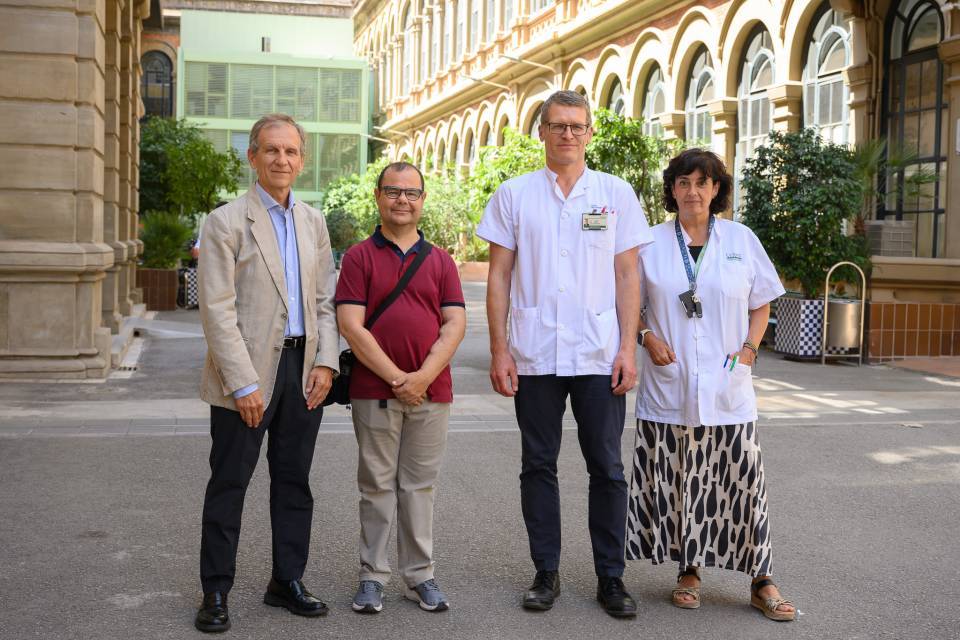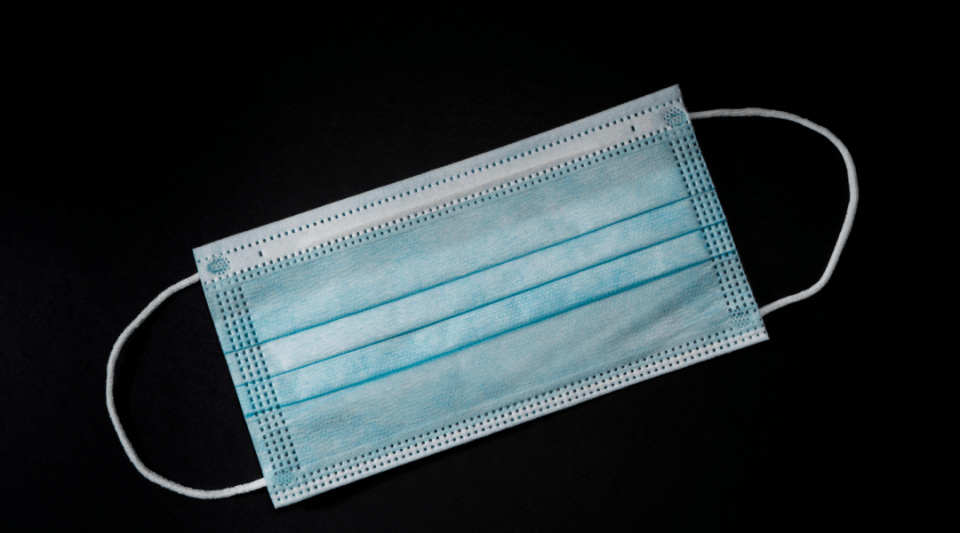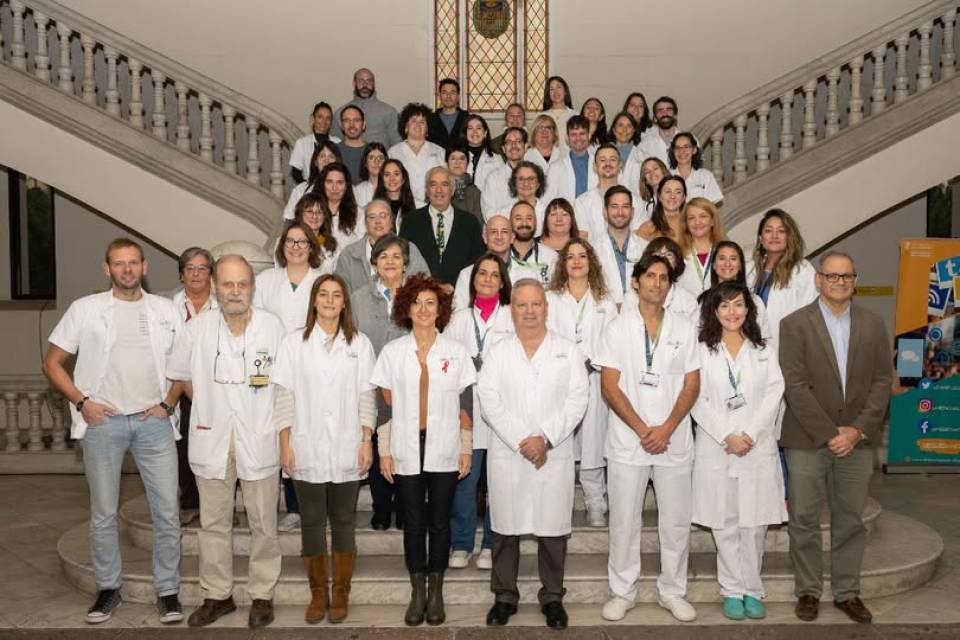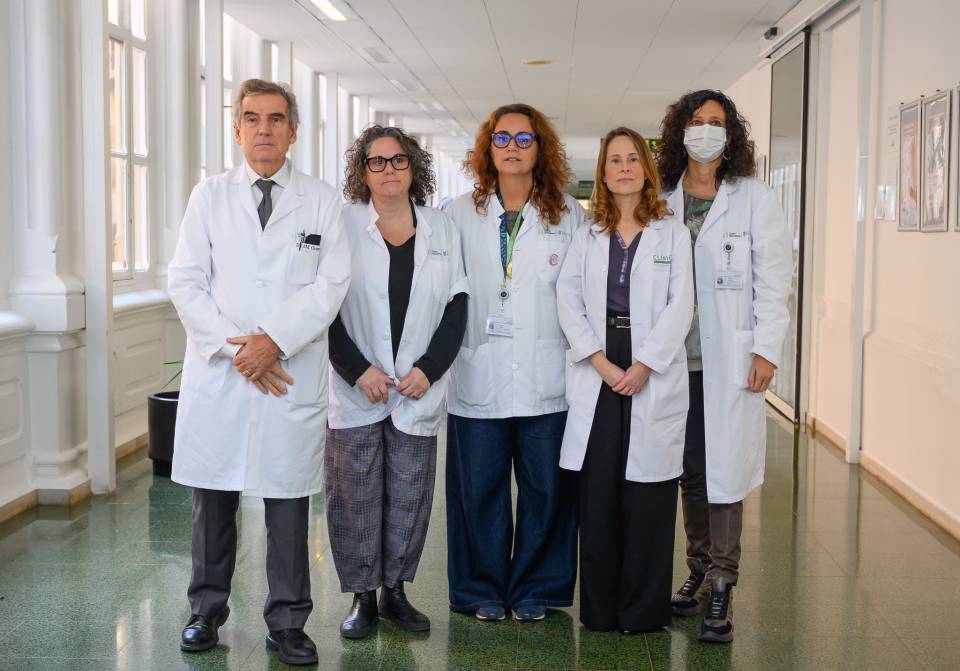The transplant was carried out by the Hospital Clínic Nephrology and Urology Institute, led by Dr. Rosa Ramos. The Urology Service team was led by Dr. Antonio Alcaraz and the monitoring by the Nephrology Service was led by Dr. Federico Oppenheimer and Dr. Fritz Diekmann, Head of Kidney Transplantation Section.
A sixth kidney transplant involves a high level of qualification in the surgical technique, since there is less space for the placement of the new organs and often, as occurred in this case, one of the damaged and non-functioning kidneys is removed in order to make room.
The fact that a patient has undergone six transplants can lead to a greater risk of rejection, as the patient has been exposed to more antigens from other donors (living or deceased). Patients with multiple transplants, as in this case, often require immunosuppressive regimens to prevent rejection, and this increases the risk of serious side effects. In short, a sixth kidney transplant presents significant immunological challenges that require meticulous planning, careful management of the immunosuppressive treatment and close collaboration between the medical team and the patient to maximise the chances of success.
The kidney transplant
A kidney transplant is a procedure in which a healthy kidney is placed into a person with chronic kidney disease. The main function of the kidney is to filter the blood to remove waste products, and to regulate the body’s water and salt balance, reabsorbing what is necessary and excreting any excess in the form of urine. The lifespan of the new transplanted organ is not unlimited, and it usually lasts between 10-15 years. On this occasion, after 5 previous deceased-donor transplants, the patient received the sixth transplant from a living donor 7 months ago. The patient currently has optimal renal function and lives a normal life.
Usually, during surgery, the urology team places the new kidney in the lower part of the abdomen (generally on the right-hand side) through an incision. Then, they connect the artery and vein of the kidney to the recipient’s iliac vessels, the artery (carries oxygenated blood away from the heart) and vein (carries blood from the legs back towards the heart). After this, the ureter (tube that carries urine) is connected to the bladder.
For Dr. Antonio Alcaraz, head of the Urology Service at the Hospital Clínic Barcelona “this type of transplant demonstrates the great capacity a hospital like ours has to perform surgeries of this nature”. “The patient gains a high quality of life with a transplant, especially if it is from a living donor”, he explains.
Another factor to highlight in the successful transplants is the prevention of the possible rejection of the transplanted organ. The greater the immunological compatibility between donor and recipient, the lower the probability of rejection. It is also essential to establish an immunosuppressive treatment appropriate to the immunological risk. This higher the number of transplants that have failed, the greater the risk. Meanwhile, according to Dr. Federic Oppenheimer, the patient’s nephrologist, “you cannot lose hope if the transplanted organ—in this case the kidney—is rejected. A kidney transplant from a living donor must always be considered the best option, even, and especially, in very complex cases”.
By Dr. Fritz Diekmann, head of the Renal Transplant Section "the monitoring of a multidisciplinary team in transplants is key to a good patient recovery. We are able to accompany the patient throughout his life and work so that he has the best quality of life".
The sixth transplant
The patient, Sergio Hijano, is 46 years old. When he was born, Sergio had neonatal cortical necrosis, which is the death of the tissue in the outer layer of one or both kidneys. Cortical necrosis is caused by a blockage of the small arteries that supply blood to the kidneys. Sergio received his first transplant from a deceased donor in 1985, and it only worked for two years. After 5 deceased-donor transplants at other centres, he considered the possibility of a sixth transplant, but in this case from a living donor and at the Hospital Clínic Barcelona. His brother donated a kidney and the transplant was performed just before Christmas in 2023.
Sergio’s wife, Mònica, also received a transplanted organ 22 years ago at the Clínic.




